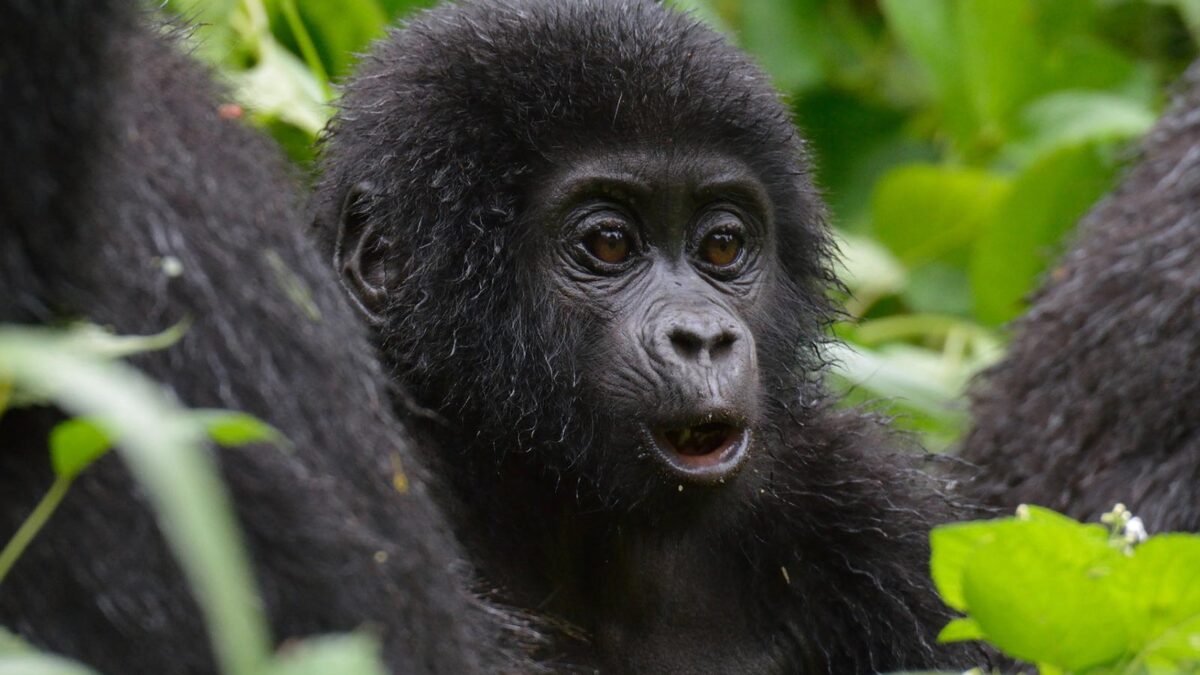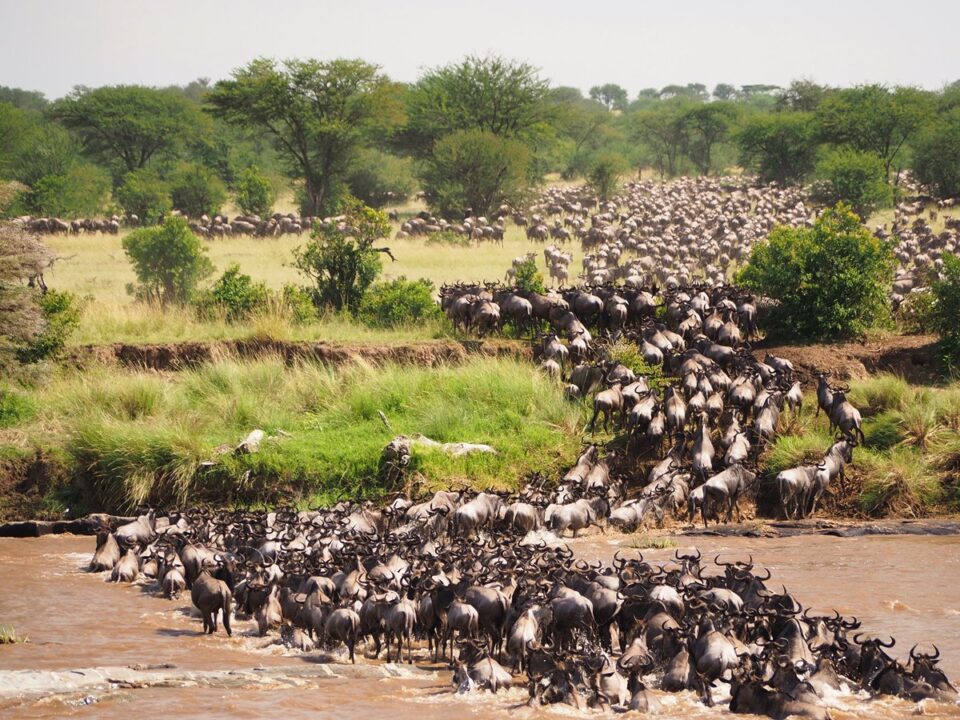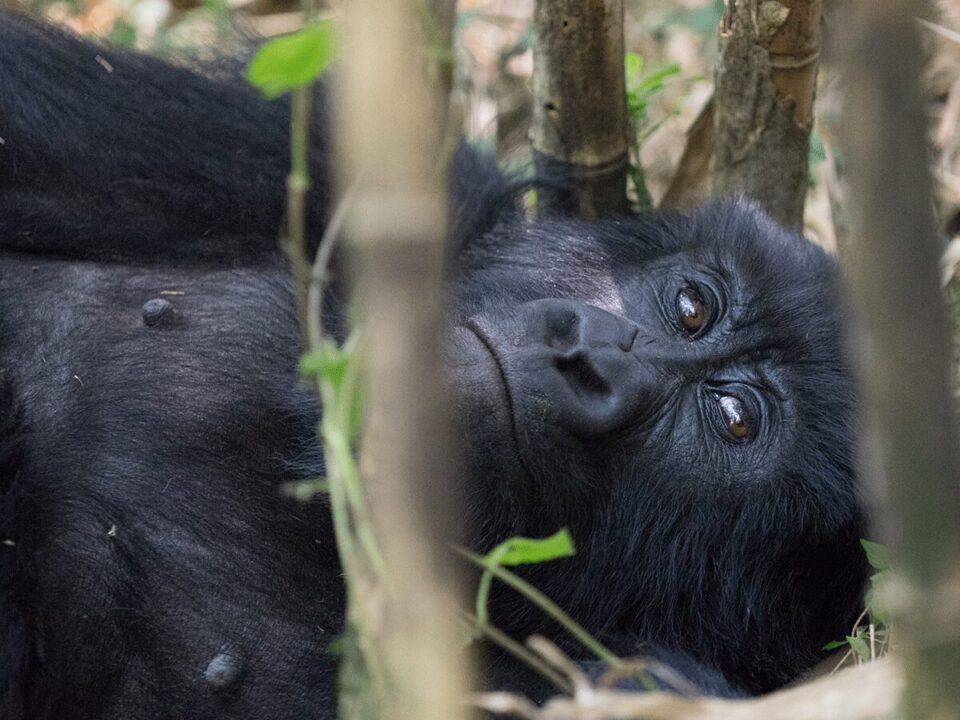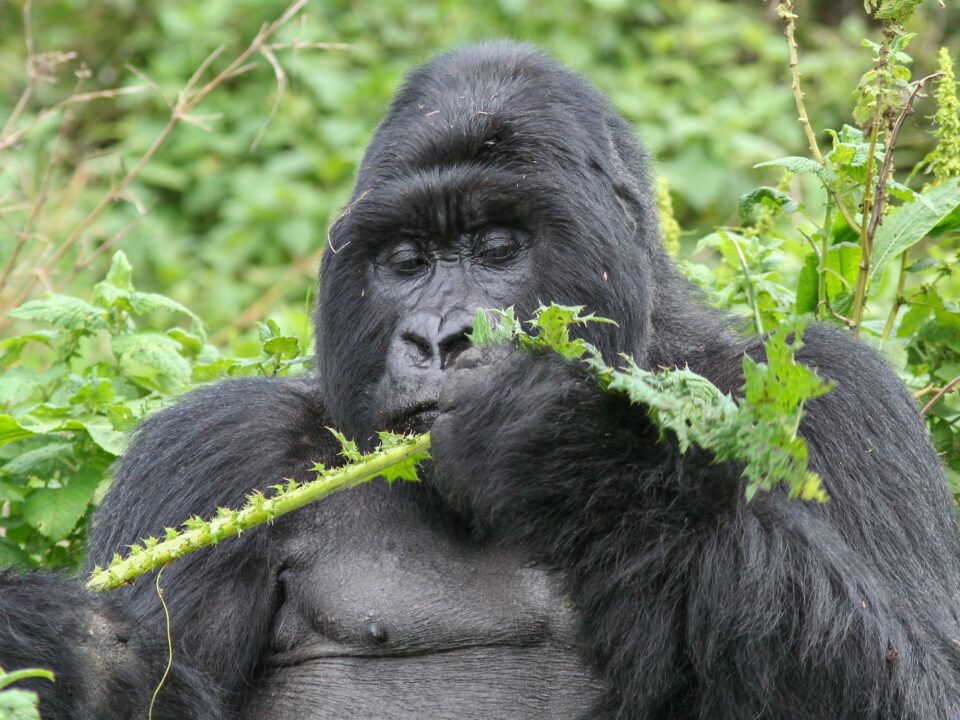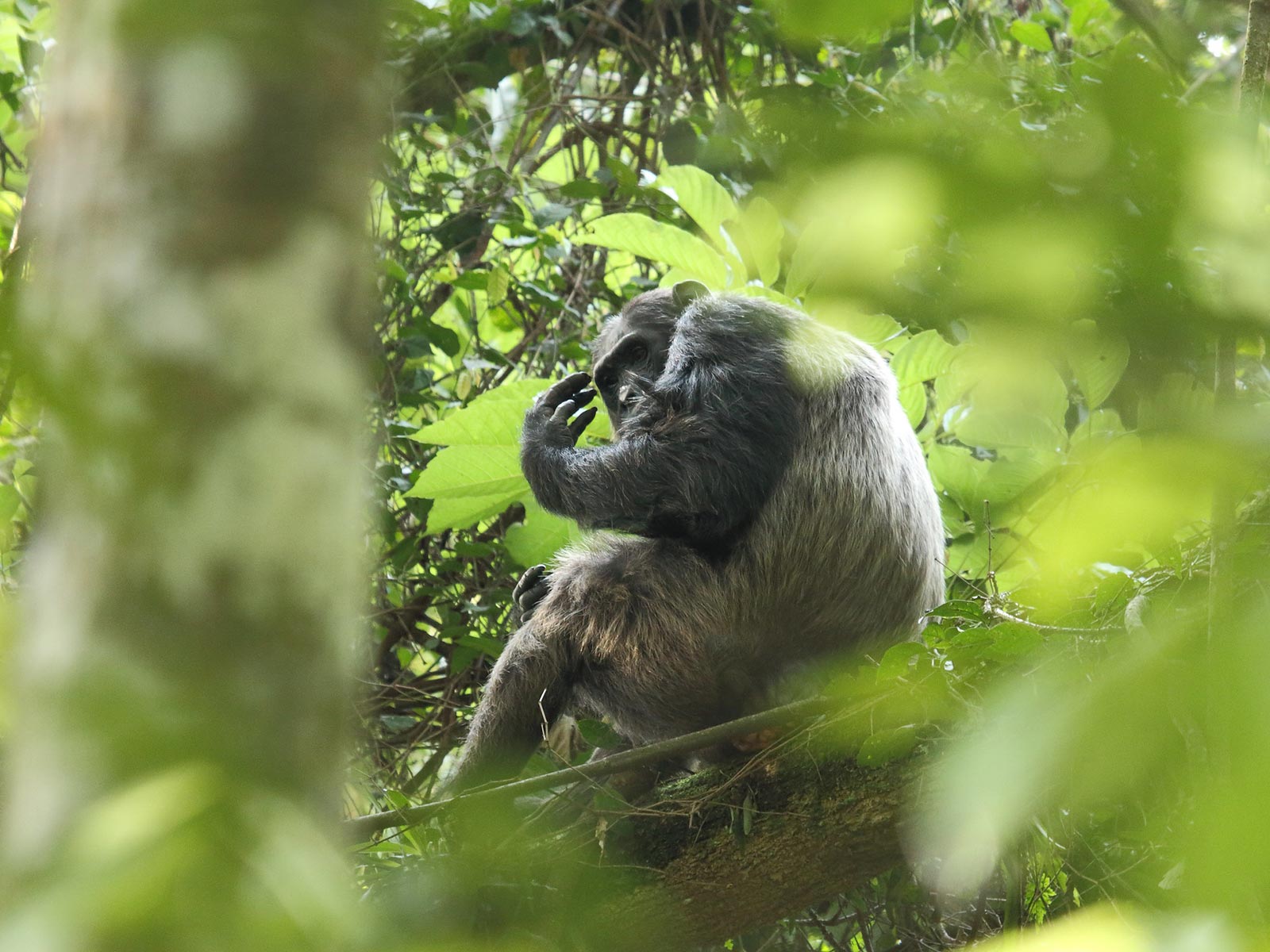
How To Plan A Gorilla & Chimps Combo in Rwanda
July 20, 2023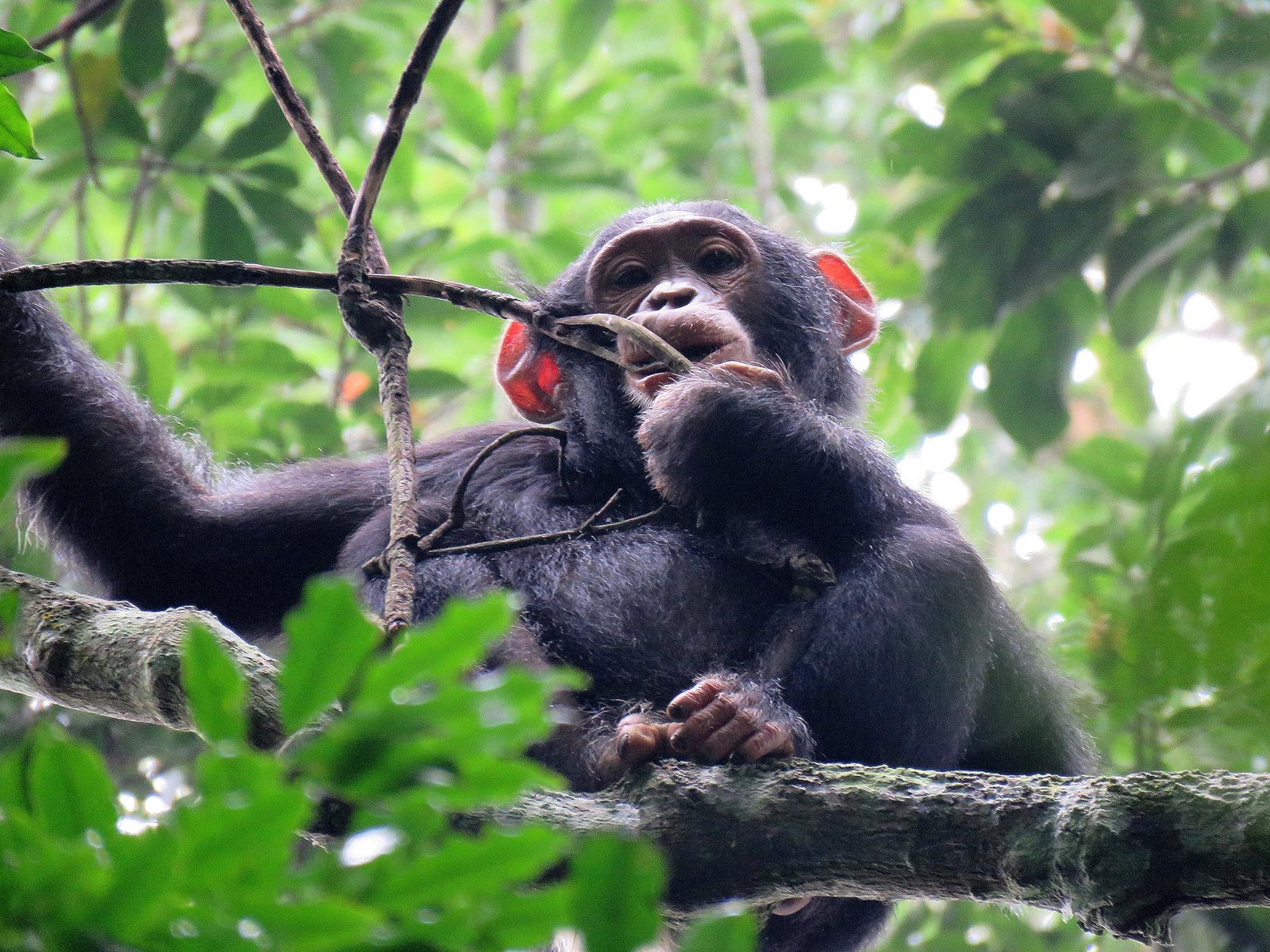
Honeymoon Ideas in Kibale Forest National Park
July 20, 2023A Comprehensive Guide to Planning a Uganda and Rwanda Gorilla Trekking Combo
Embarking on a gorilla trekking combo in both Uganda and Rwanda requires meticulous planning and dedication to ensure you get the most out of these two nations, which are home to the rare and endangered mountain gorillas. This article aims to provide you with essential insights and key points to consider when planning your thrilling gorilla trekking extravaganza, combining the captivating experiences offered by Uganda and Rwanda.
Why Combine Uganda and Rwanda for Gorilla Trekking?
While the experience of gorilla trekking in both Uganda and Rwanda is similar, many tourists are intrigued by the idea of visiting both countries for a more immersive encounter with these incredible primates. The debate over which country offers the best gorilla trekking experience has been a subject of interest on various online platforms. Some argue that Rwanda provides a superior experience, while others claim that Uganda is the better option.
To truly assess the differences and similarities between the two countries’ gorilla trekking encounters, visitors often choose to book a combined gorilla trekking safari, allowing them to experience the magic of visiting mountain gorillas in both Uganda and Rwanda.
Additionally, many travelers coming from far-flung places such as the United States, Asia, Europe, and Australia see gorilla trekking as a once-in-a-lifetime and expensive experience. To make the most of their African safari and get the ultimate gorilla trekking adventure, combining Uganda and Rwanda becomes a compelling option. By exploring both countries, they ensure that they maximize their time with these magnificent creatures and cherish a memory they may never have the opportunity to recreate.
Important Considerations When Planning a Uganda and Rwanda Gorilla Trekking Safari Combo
1. Where to See Mountain Gorillas in Uganda and Rwanda
To kickstart your planning, it’s essential to identify the specific locations where mountain gorillas can be found in each country. In Uganda, you have two options: Bwindi Impenetrable National Park and Mgahinga Gorilla National Park. Bwindi is renowned for having the highest number of mountain gorillas globally, spread across four regions: Buhoma, Ruhija, Nkuringo, and Rushaga. Mgahinga, on the other hand, is smaller and hosts one habituated gorilla family.
In Rwanda, Volcanoes National Park is the exclusive home to mountain gorillas. The park boasts around 20 gorilla families, with 10 available for gorilla trekking, while the rest are reserved for research purposes.
2. Booking Gorilla Permits for Uganda and Rwanda
Securing gorilla permits is a vital aspect of planning your safari. Gorilla permits can be costly, and they are in high demand, especially during peak seasons. A Uganda gorilla permit costs USD800 for non-residents and USD700 for foreign residents with work permits. In contrast, a Rwanda gorilla permit is priced at $1500 for foreign non-residents. It’s advisable to book your permits through a local tour operator well in advance, as they will also assist you in designing an appropriate itinerary, considering factors like transport and flights.
3. Accessing Both Uganda and Rwanda for Gorilla Trekking
Since the land borders between Uganda and Rwanda are currently closed, accessing both countries by road may not be feasible. As an alternative, combining Uganda and Rwanda for gorilla trekking can be achieved by flying into one country and then flying out from the other. For example, you could fly into Uganda, trek gorillas in Bwindi or Mgahinga, and then fly to Rwanda for gorilla trekking in Volcanoes National Park.
4. Best Time to Organize Your Uganda and Rwanda Gorilla Trekking Combo
Both Uganda and Rwanda experience two distinct seasons: the wet season and the dry season. The dry seasons, from June to September and December to February, are popular among tourists for gorilla trekking, as there is less rainfall, making the experience more manageable. The rainy seasons from March to May and November are less favored due to the challenging hiking conditions.
However, gorilla trekking is possible year-round, and the chances of spotting mountain gorillas remain high, reaching over 98% throughout the year. During the low season, there may be some discounts on permits and accommodations, making it an attractive option for budget-conscious travelers.
5. Accommodation During Your Gorilla Trek
Deciding on suitable accommodation is crucial during your gorilla trekking adventure. You may need to consider accommodation in Kigali or Entebbe before or after your trek, and allocate two to three nights for your stay in Bwindi Impenetrable National Park or Volcanoes National Park. There are various options available, ranging from budget to high-end lodges, depending on your preferences and budget.
6. Visa Requirements for Uganda and Rwanda
Obtaining a visa is a fundamental aspect of your travel preparations. Both Uganda and Rwanda offer online visa application processes, and it’s recommended to apply at least two weeks in advance to avoid last-minute panic. You may also opt for an East Africa visa if you plan to visit Uganda, Rwanda, and Kenya. A trusted tour operator like Trek Africa Expeditions can help you navigate the visa application process and provide necessary recommendation and invitation letters.
7. Hiring a Tour Operator vs. DIY
With so much to consider and plan for, hiring a professional tour operator becomes highly beneficial. They can guide you through essential factors, such as what to pack, the best time to visit, how to access the national parks, and where to stay. Trek Africa Expeditions is an experienced and reputable tour operator specializing in organizing exceptional gorilla trekking safaris to both Uganda and Rwanda. By enlisting their services, you can rest assured that your gorilla trekking experience will be well-organized and memorable.
In conclusion, planning a Uganda and Rwanda gorilla trekking combo requires attention to detail, and it’s best to seek the expertise of a reputable tour operator to ensure a seamless and unforgettable safari experience. By combining the breathtaking beauty of both countries and the captivating encounters with mountain gorillas, your journey will be nothing short of extraordinary. For more information and personalized assistance, you can reach out to Trek Africa Expeditions at info@trekafricatours.com and embark on an incredible adventure with the majestic mountain gorillas of Uganda and Rwanda.

